Supporting the shift towards a low-carbon economy in all sectors.
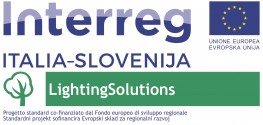
The goal is to improve the efficiency and energy management of public lighting using the measures envisaged by the municipal SEAPs. Based on the cross-border studies, we will propose measures for more energy-efficient lighting. Innovative solutions will be introduced within the public buildings as examples of good practices. We will increase the public sector’s potential for greater energy savings through training and awareness-raising activities.
The slowing of climate change and the preservation of energy resources are two global challenges that require concrete measures aimed at saving energy and improving energy efficiency to be taken. Italy and Slovenia are not compliant with the EU targets set for reducing greenhouse gas emissions and improving energy efficiency. The project will help change the current state of affairs by implementing activities that will improve the energy efficiency and lighting management of public facilities, while at the same time ensuring more conscientious energy management and the adoption of correct behaviour. Increasing energy efficiency within the cross-border area will reduce the use of energy, thus consequently also reducing greenhouse gas emissions. The project entails the implementation of three WPs with related cross-border activities.
With a common methodology, an inventory, and a study on the lighting of public buildings, the municipalities will be provided with the bases for implementing appropriate measures to ensure energy efficient lighting. Innovative energy efficient systems will be installed within the municipal public buildings (schools), while the managers of these buildings will receive training on long-term energy management. The pilot solutions will be introduced to the public as examples of good practices. Training and awareness-raising programs will be introduced in order to ensure the proper energy management of the buildings and to encourage students, users and citizens to be more conscious of their energy use. The common methodologies for designing and monitoring the measures taken, the pilot projects carried out, and the joint training programs will facilitate an exchange of knowledge and experience, and will therefore have an additional positive effect upon the efficient use of energy within the cross-border area.
The project’s main results will be the following: a common tool for analysing the energy savings status and potential within the lighting systems of public buildings; a comparative study on energy efficiency and energy saving potential within the area of the PP municipalities; the implementation of innovative pilot measures to increase the energy efficiency of lighting within public buildings; the adoption of educational programs to promote management and behaviour geared towards energy savings. This will increase the municipalities’ and the public sector’s ability to implement energy saving measures and improve the program’s results. The use of a common methodology for the analysis of lighting in the public sector provides a tool for creating the professional bases for monitoring energy saving projects and measures. A comparative study on lighting will provide the data necessary to carry out pilot projects and other measures that the municipalities will have to implement, in accordance with the strategic plans, even after the project has been completed. The pilot investments will lead to a reduction in energy consumption, thus promoting solutions that transfer knowledge to other institutions and public sectors of the project area. Creating and implementing educational programs increases the responsibility of municipalities and public bodies with regard to the introduction of energy efficient management systems, while at the same time encouraging citizens to be more aware of their energy use. The unit of measure for the PO result indicator is the number of SEAPs approved. Three PP municipalities have already approved the SEAP, and the measures envisaged by the plans will be implemented through the proposed activities. By transferring knowledge and experience, the Municipality of Medea will be encouraged to approve the SEAP, even through the education and promotion activities of other municipalities within the cross-border area.
Lead Partner
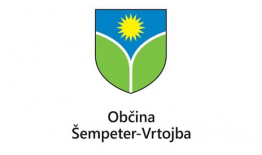
Project partner 1
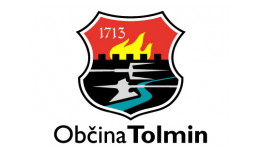
Project partner 2

Project partner 3
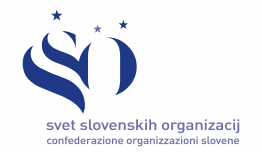
Project partner 4
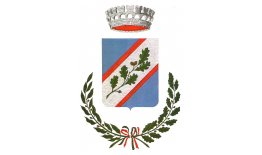
Project partner 5
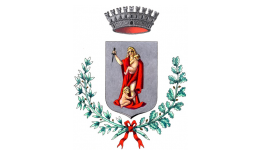
| Poster evento annuale 30/05/2018 LightingSolutions_ITA_2.pdf ( 598 bytes, published on 11 June, 2018 - 16:53 ) |
OBIETTIVI PRINCIPALI DEL PROGETTO
L’Italia e la Slovenia non adempiono agli obiettivi prefissati nell’ambito dell’UE riguardo alla riduzione delle emissioni di gas serra ed al miglioramento dell’efficienza energetica. Il progetto contribuirà ad un cambiamento dell’attuale stato attuando delle attività che riusciranno a migliorare l’efficienza energetica e la gestione dell’illuminazione delle strutture pubbliche.
SITUAZIONE ATTUALE DELL’IMPLEMENTAZIONE PROGETTUALE (30/05/2018)
Il contratto di concessione del finanziamento è stato firmato il 1. dicembre del 2017. Sono state già attuate le attività della gestione e della comunicazione. Abbiamo organizzato una conferenza stampa ed un incontro introduttivo per i partner. Abbiamo preparato del materiale promozionale elementare. È in corso la revisione degli standard/studi dalle aree pilota e delle altre documentazioni tecniche esistenti dal settore dell’illuminazione pubblica.